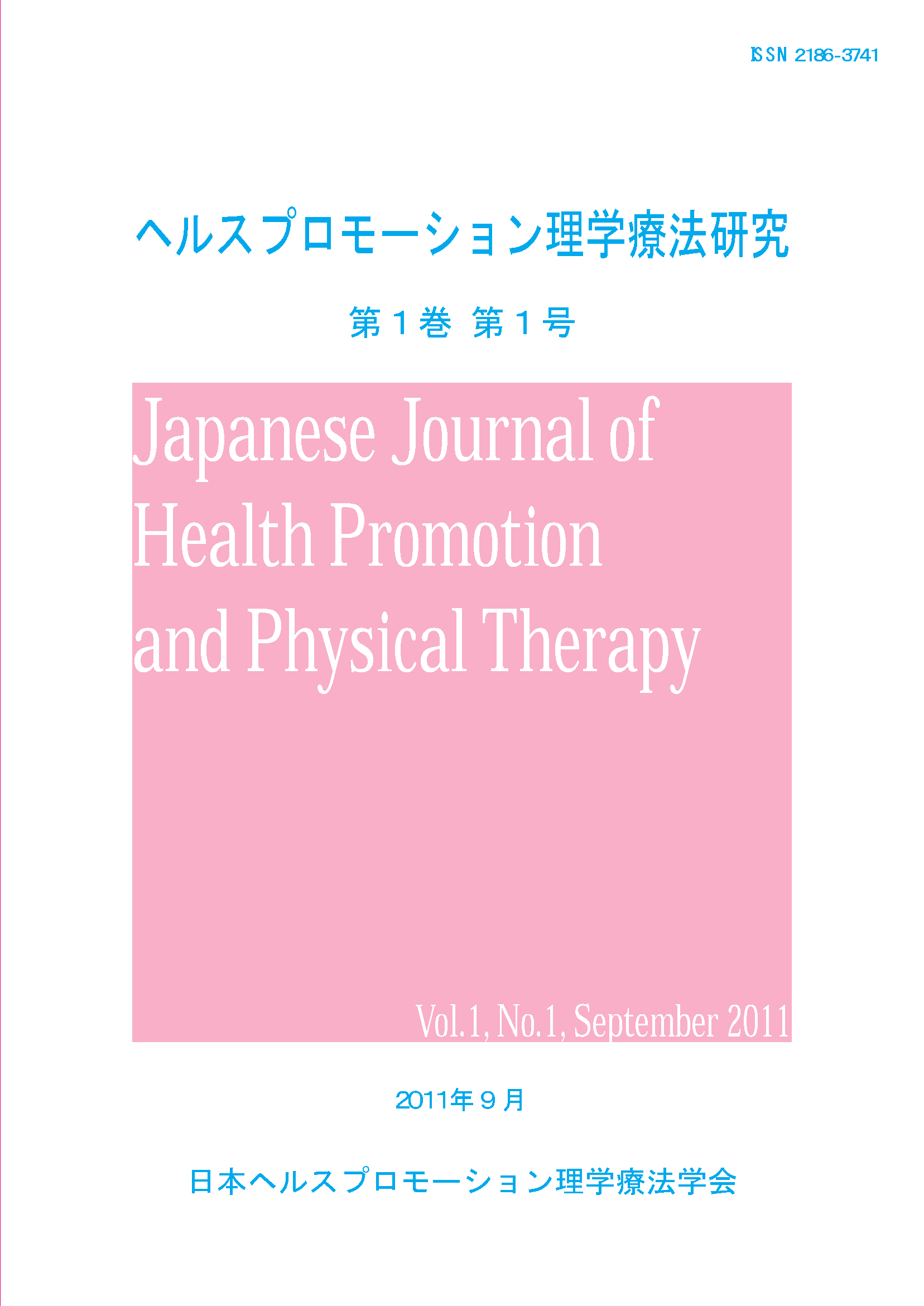Volume 1, Issue 1
Displaying 1-10 of 10 articles from this issue
- |<
- <
- 1
- >
- >|
REVIEW ARTICLE
-
2011 Volume 1 Issue 1 Pages 3-11
Published: 2011
Released on J-STAGE: April 17, 2013
Download PDF (67K)
ORIGINAL ARTICLES
-
2011 Volume 1 Issue 1 Pages 13-19
Published: 2011
Released on J-STAGE: April 17, 2013
Download PDF (177K) -
2011 Volume 1 Issue 1 Pages 21-28
Published: 2011
Released on J-STAGE: April 17, 2013
Download PDF (57K) -
2011 Volume 1 Issue 1 Pages 29-32
Published: 2011
Released on J-STAGE: April 17, 2013
Download PDF (54K) -
2011 Volume 1 Issue 1 Pages 33-38
Published: 2011
Released on J-STAGE: April 17, 2013
Download PDF (41K) -
2011 Volume 1 Issue 1 Pages 39-50
Published: 2011
Released on J-STAGE: April 17, 2013
Download PDF (1349K) -
2011 Volume 1 Issue 1 Pages 51-56
Published: 2011
Released on J-STAGE: April 17, 2013
Download PDF (131K) -
2011 Volume 1 Issue 1 Pages 57-60
Published: 2011
Released on J-STAGE: April 17, 2013
Download PDF (63K) -
2011 Volume 1 Issue 1 Pages 61-65
Published: 2011
Released on J-STAGE: April 17, 2013
Download PDF (90K) -
2011 Volume 1 Issue 1 Pages 67-72
Published: 2011
Released on J-STAGE: April 17, 2013
Download PDF (51K)
- |<
- <
- 1
- >
- >|
